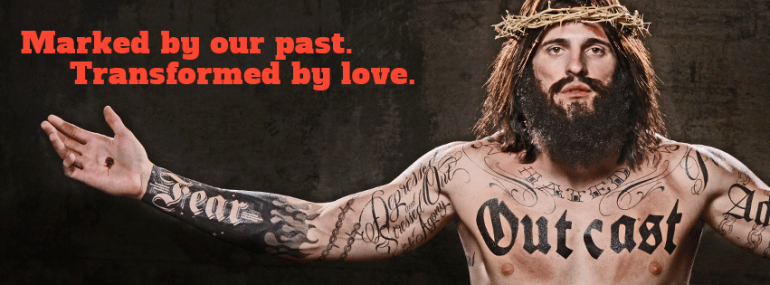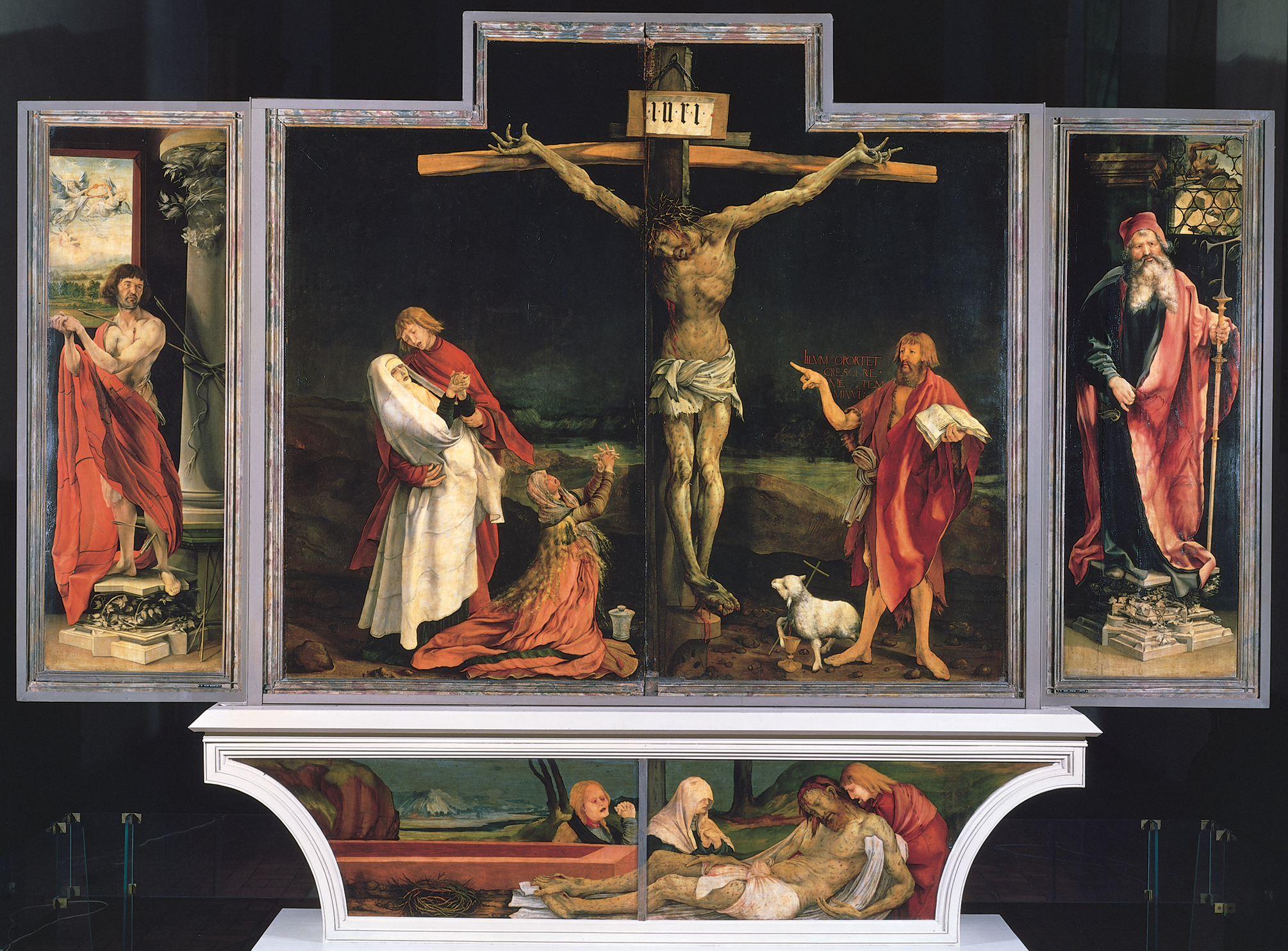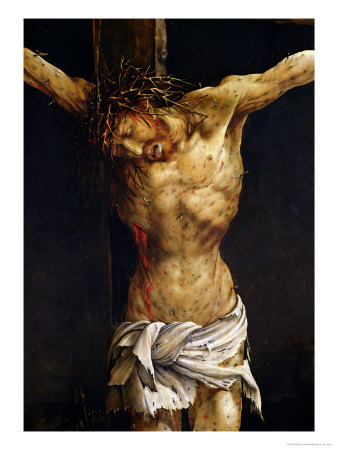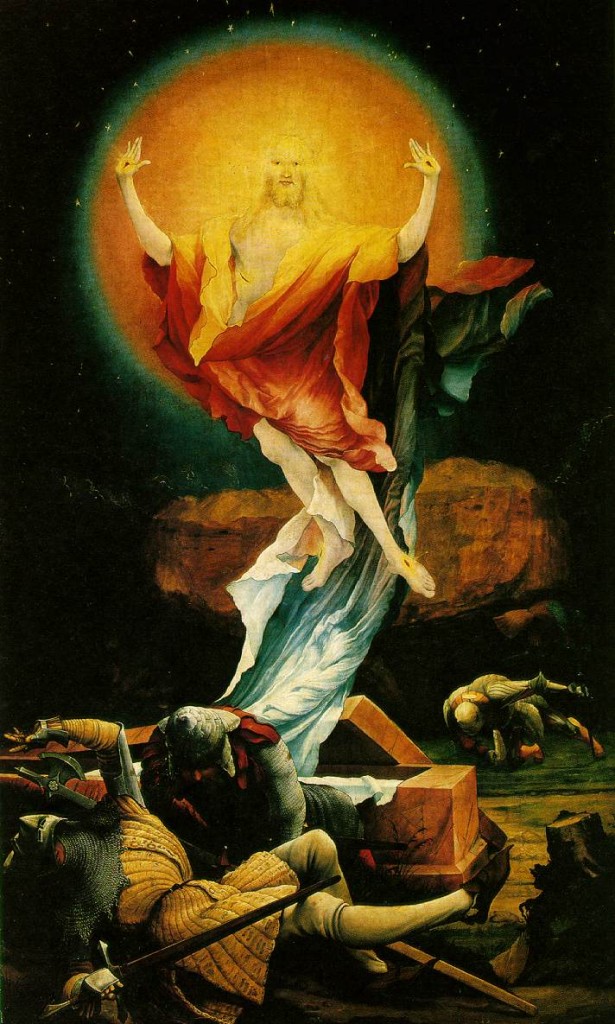Hills of the North, Rejoice
Words: Charles E. Oakley (1832-1865); first published in 1870
Tune: Little Cornard by Martin Shaw
According to the writer Ancientandmodern, “I learned a very important lesson from this hymn: the right words are the ones that were in your school hymnbook, and any other words are dead wrong.”
I suspect we’ve all felt that moment of strangeness in worship where you’re going along reciting the Lord’s Prayer or singing a familiar hymn, and you suddenly realize that the rest of the congregation is not using the same words you are. We can cope if we’re visiting a new church, but if it’s a new hymnal or liturgy book in our own church home–count yourself lucky if there’s no riot after the service!
This version by the Huddersfield Choral Society combines lyrics from two English hymnals: Ancient and Modern and The English Hymnal. Sung at a rousing good tempo, the resulting hybrid captures creation’s joy at Christ’s coming while omitting some of the imperialism found in earlier texts. There other meditative and more moderately-paced interpretations (some with different lyrics), but this one made me believe that the hills were rejoicing, so it’s the one I’ll share.
Hope your Advent preparations are going well. Jesus is coming!
Hills of the North, rejoice;
River and mountain spring,
Hark to the advent voice;
Valley and lowland, sing;
Christ comes in righteousness and love,
He brings salvation from above.
Isles of the Southern seas,
Sing to the listening earth,
Carry on every breeze
Hope of a world’s new birth:
In Christ shall all be made anew,
His word is sure, his promise true.
Lands of the East, arise,
He is your brightest morn,
Greet him with joyous eyes,
Praise shall his path adorn:
The God whom you have longed to know
In Christ draws near, and calls you now.
Shores of the utmost West,
Lands of the setting sun,
Welcome the heavenly guest
In whom the dawn has come:
He brings a never-ending light
Who triumphed o’er our darkest night.
Shout, as you journey on,
Songs be in every mouth,
Lo, from the North they come,
From East and West and South:
In Jesus all shall find their rest,
In him the sons of earth be blest.





